Antioxidants Slow the Signs of Decline
At the core of each Josh Rosebrook product is an ingredient synergy complex intended to deliver two essential capacities to the skin and scalp: 1) anti-inflammatories and 2) antioxidants. In this post, we’ll be focusing on why antioxidants are so significant when it comes to slowing skin aging.
If you’d like to read more about the other “A” of our synergy complex, see our anti-inflammatory post here. It’s interesting to note that all antioxidants also exhibit anti-inflammatory properties - it’s all about synergy! But more to come on that…If you’ve dabbled in the world of skincare, you’ve almost certainly come across the term ‘antioxidant’. It’s thrown around a lot (and for good reason), but what exactly is an antioxidant?
Let’s start with some broad, higher level concepts and then work our way down into the details.
Believe it or not, we aren’t 100% sure what causes humans to age! Meaning we can’t say with absolute scientific certainty that we know specifically what causes the human body to age. Enter what is called ‘The Free Radical Theory of Aging’. Proposed in 1956, it’s the most widely accepted theory about why humans age, pinpointing free radicals as the main culprit. Free radicals, also known as reactive oxygen species (ROS), are compounds formed when oxygen molecules combine with other molecules yielding an odd number of electrons. An oxygen molecule with paired electrons is stable, but an oxygen molecule with an unpaired electron is what’s known as ‘reactive’: ROS. Free radicals will seek and seize electrons which can significantly damage cellular elements including DNA, proteins and membranes. Dr. Leslie Baumann states: “ROS have not only been implicated in the overall aging process, but are believed to be involved cutaneously in causing photoaging, carcinogenesis, and inflammation.” Our understanding of free radicals has also given rise to the term ‘oxidative stress’, which can play a major role in skin health decline and accelerated aging. UV radiation exposure is one of the biggest oxidative stressors we face (literally) that can substantially affect skin health on multiple layers. In the dermis, the deeper layer of the skin, ROS disruption of the extracellular matrix can cause structure breakdown of collagen, elastin and hyaluronic acid reduction that impacts the epidermis, the outermost layer, where fine lines, wrinkles and hyperpigmentation form as visible signs of dermis damage. Needless to say, free radicals are not our friends...
Antioxidants Fight the Good Fight
On the opposite end of the skin-social spectrum, meet one of your skin’s fundamental allies: antioxidants. If ‘The Free Radical Theory of Aging’ were a movie, antioxidants would be the superheroes (equipped with a suit with “A” on it, plus a cape) vs. the villains, free radicals. Antioxidants are the body's dynamic defense mechanism to neutralize free radicals, thereby reducing cellular damage. The body innately produces antioxidants, however production starts to naturally and steadily diminish with age (rude) as free radicals increase, unchecked by dwindling levels of antioxidants. Great news is that antioxidant levels can be supplemented through diet, and, of course, skincare.
As mentioned before, the term antioxidant gets thrown around alot and not always correctly, for instance: “Açai berry is an incredible antioxidant”. Whilst it’s true that Açai has tremendous antioxidant capacity, to singularly qualify the ingredient as an antioxidant isn’t entirely correct. Think of an antioxidant as more of an encompassing term that describes action, or the ingredient’s functional capacity to fight free radicals. The cutaneous antioxidant system consists of both enzymatic and non-enzymatic substances, but as our formulation focus is centered around non-enzymatic, we’ll be concentrating on these. Non-enzymatic antioxidants include a diverse range of low molecular weight substances such as vitamins A, C and E, melatonin, and ubiquinone (CoQ10). The most abundant non-enzymatic group is polyphenols; a particular passion of ours that bestow our formulas with their potent antioxidant capacity.

Polyphenols are an exceedingly important source of antioxidants, offering a wealth of protective and strengthening benefits when topically applied to counter oxidative stressors, like UV radiation. Most significantly, polyphenols can slow* the signs of aging (like the development of wrinkles and fine lines) and improve overall skin health. A 2019 study conducted on the photoprotective activity of topically applied green tea showed significant reductions in oxidative DNA damage and overall improvement of skin condition such as increased moisture retention and reduced sensitivity. There are so many studies conducted on the overarching benefits of polyphenols, that to go into all of them in this post would be nothing short of an essay - if further scientific insight interests you, we highly recommend you look at the resources listed below.
Widely distributed in nature, polyphenols are synthesized by plants in response to environmental hazards like UV radiation which causes free radical production. In true fashion of nature’s brilliance, polyphenols are found in a wide variety of vegetables, fruits, herbs, grains, tea, coffee beans, honey, and red wine (yes, we are here for it!). Polyphenols have subgroups which are determined when the ‘parent polyphenol’, cinnamic acid, is transformed into various classes (there are quite a few!) The most plentiful and prominent subclass is flavonoids; it’s also the most studied polyphenol in the human diet. For example, anthocyanins, a subclass of flavonoids, are responsible for the intense red or blue color of certain flowers like hibiscus sabdariffa flower (in our Daily Acid Toner), and fruits like açai berry, maqui berry or blueberry. The higher the anthocyanin content of the plant material, the stronger the color will be!
To best grasp polyphenols and flavonoids, take a look at the following charts:
Source: Cosmeceuticals and Cosmetic Ingredients by Dr. Leslie Baumann, CH 46, Pg 135-136


Last, but not least, there is antioxidant synergy or ‘network antioxidants’— antioxidants that work cooperatively to strengthen the effectiveness of each other. After an antioxidant “disarms” a free radical by remedying the odd number of electrons (by either adding or removing an electron), it is unable to function further as an antioxidant unless it is recycled. For example, Vitamin C can recycle vitamin E, donating electrons to vitamin E to return the nutrient to its antioxidant state. Other network antioxidants have been identified as CoQ10, lipoic acid and glutathione. Scientists hypothesize that there are more network antioxidants and antioxidant precursors to identify, many of which are predicted to be polyphenols. One possible reason why more polyphenols haven’t been classified is that the current network antioxidants can all be synthesized, whereas plant-based polyphenols can present more challenge to isolate and study in singularity without the benefits of their built in phytochemical co-factors.
The example of network antioxidants is yet another reason that we formulate with ingredient synergy at the core of each product - remember, our two “A’s”! We often get asked: “Which product specifically will help repair my damaged skin?” Well, it’s not solely one product and it’s not only one ingredient. The intention of ‘synergy’ stretches across your entire skincare routine - it’s about the cumulative benefits from a methodical self-care approach. Just like antioxidants, it’s the protective actions that we take for our skin that work to support skin health, integrity and ultimately, slow the aging process. As ever, sunscreen is a must - along the occasional glass of red wine.
*It is important to note that the only ingredient with antioxidant properties clinically proven to treat wrinkles is Vitamin C, due to its promotion of collagen formation. Treating is a different action claim that refers to reversing or reducing. Slowing refers to preventing new wrinkles from forming.
Resources
Baumann, L. M.D, Saghari, S. M.D, Weisburg, E. M.S. Cosmetic Dermatology: Principles and Practice. Second Edition. © 2009 by The McGraw-Hill Companies, Inc. ISBN: 978-0-07-164128-9
Baumann, L. M.D. Cosmeceuticals and Cosmetic Ingredients. First Edition. © 2015 by The McGraw-Hill Education, Inc. ISBN: 978-0-07-179399-5
Rinnerthaler M, Bischof J, Streubel MK, Trost A, Richter K. Oxidative stress in aging human skin. Biomolecules. 2015;5(2):545-589. Published 2015 Apr 21. doi:10.3390/biom5020545 https://www.ncbi.nlm.nih.gov/pmc/articles/PMC4496685/
Addor FAS. Antioxidants in dermatology. An Bras Dermatol. 2017;92(3):356-362. doi:10.1590/abd1806-4841.20175697
https://www.ncbi.nlm.nih.gov/pmc/articles/PMC5514576/
Rinnerthaler M, Bischof J, Streubel MK, Trost A, Richter K. Oxidative stress in aging human skin. Biomolecules. 2015;5(2):545-589. Published 2015 Apr 21. doi:10.3390/biom5020545
https://www.ncbi.nlm.nih.gov/pmc/articles/PMC4496685/
Koch W, Zagórska J, Marzec Z, Kukula-Koch W. Applications of Tea (Camellia sinensis) and its Active Constituents in Cosmetics. Molecules. 2019;24(23):4277. Published 2019 Nov 24. doi:10.3390/molecules24234277
https://www.ncbi.nlm.nih.gov/pmc/articles/PMC6930595/
Janeczek M, Moy L, Riopelle A, et al. The Potential Uses of N-acetylcysteine in Dermatology: A Review. J Clin Aesthet Dermatol. 2019;12(5):20-26.
https://www.ncbi.nlm.nih.gov/pmc/articles/PMC6561714/
Pandey KB, Rizvi SI. Plant polyphenols as dietary antioxidants in human health and disease. Oxid Med Cell Longev. 2009;2(5):270-278. doi:10.4161/oxim.2.5.9498
https://www.ncbi.nlm.nih.gov/pmc/articles/PMC2835915/
Stojiljković, D. , Pavlović, D. , & Arsić, I. Oxidative Stress, Skin Aging and Antioxidant Therapy. Acta Facultatis Medicae Naissensis. 2015;31(4). doi: 10.2478/afmnai-2014-0026
Herranz-López, M, Barrajón-Catalán, E. Antioxidants and Skin Protection.
Antioxidants. 2020; 9 (704); doi:10.3390/antiox9080704 www.mdpi.com/journal/antioxidants
Mucha, P, Budzisz, E, Rotsztejn, H. The inhibitory effects of polyphenols on skin UV immunosuppression. Postepy Hig Med Dosw (online). 2013; tom 67: 358-362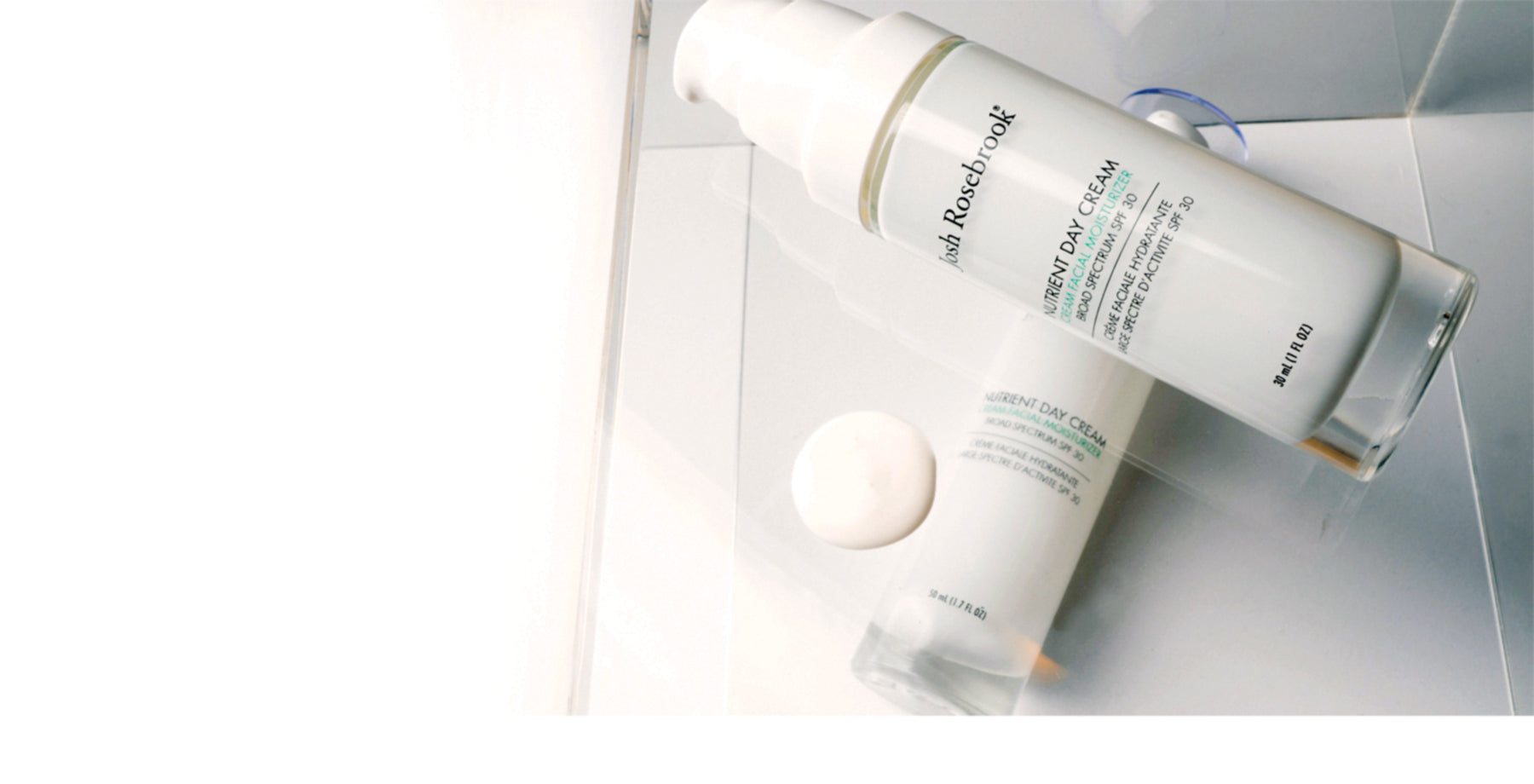
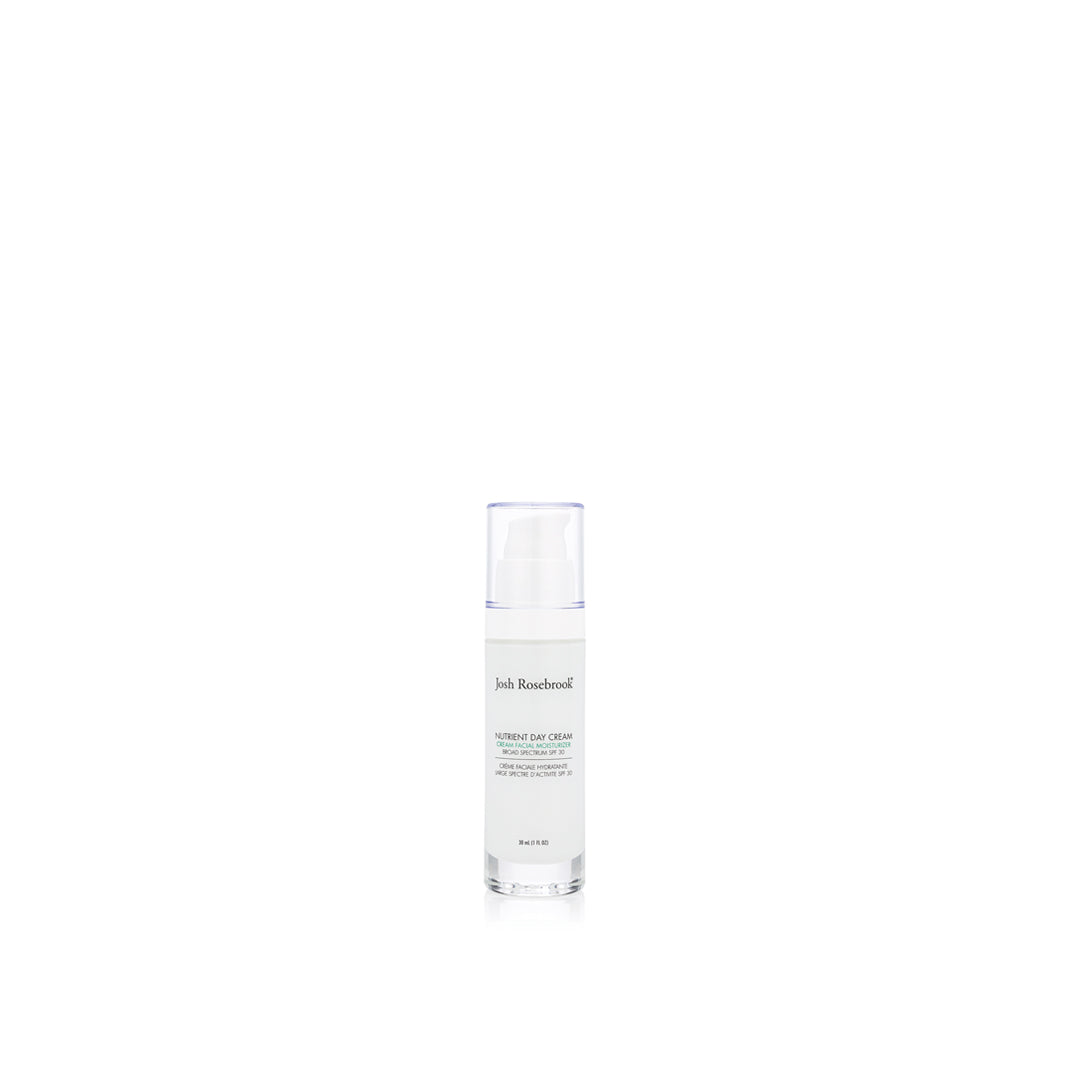
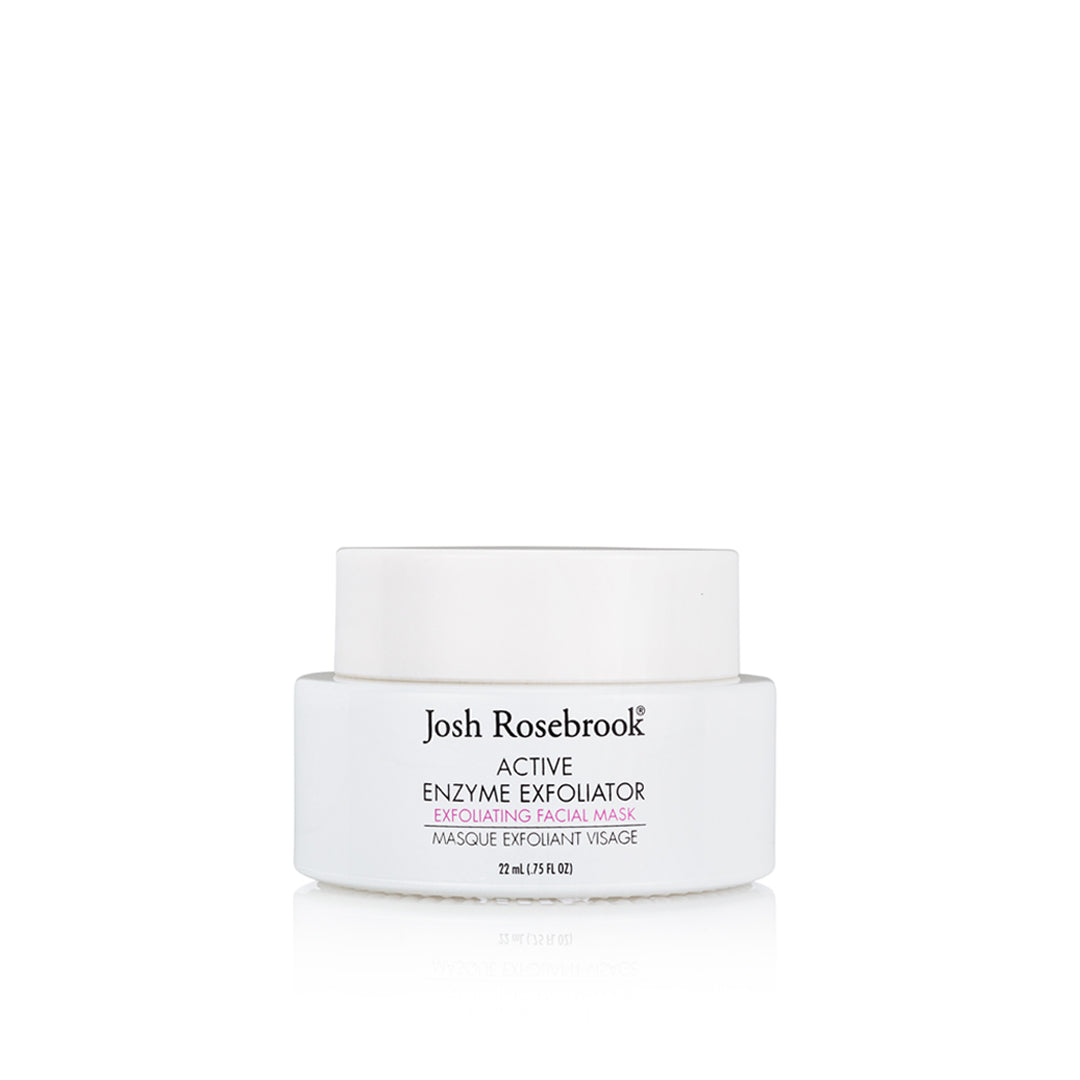
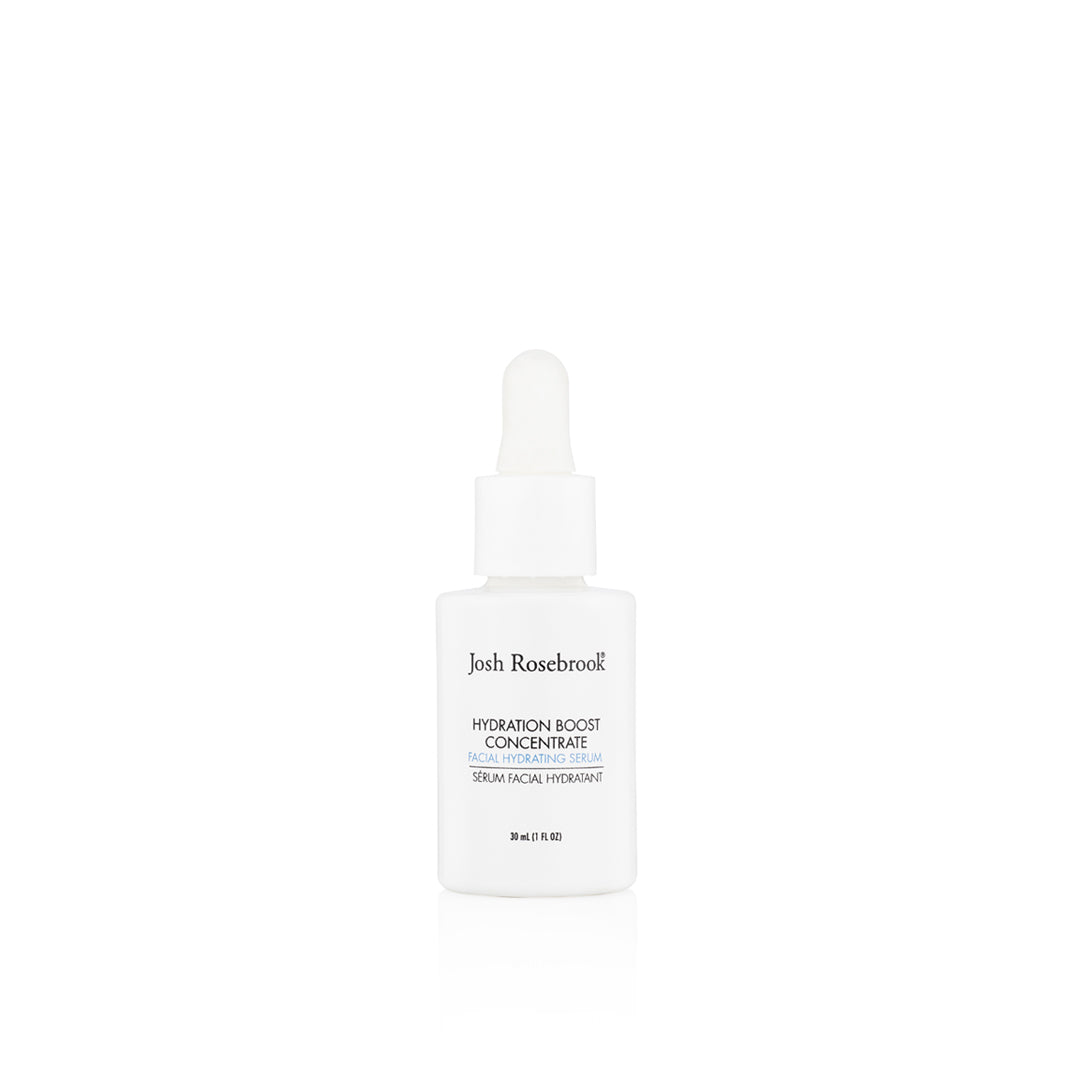
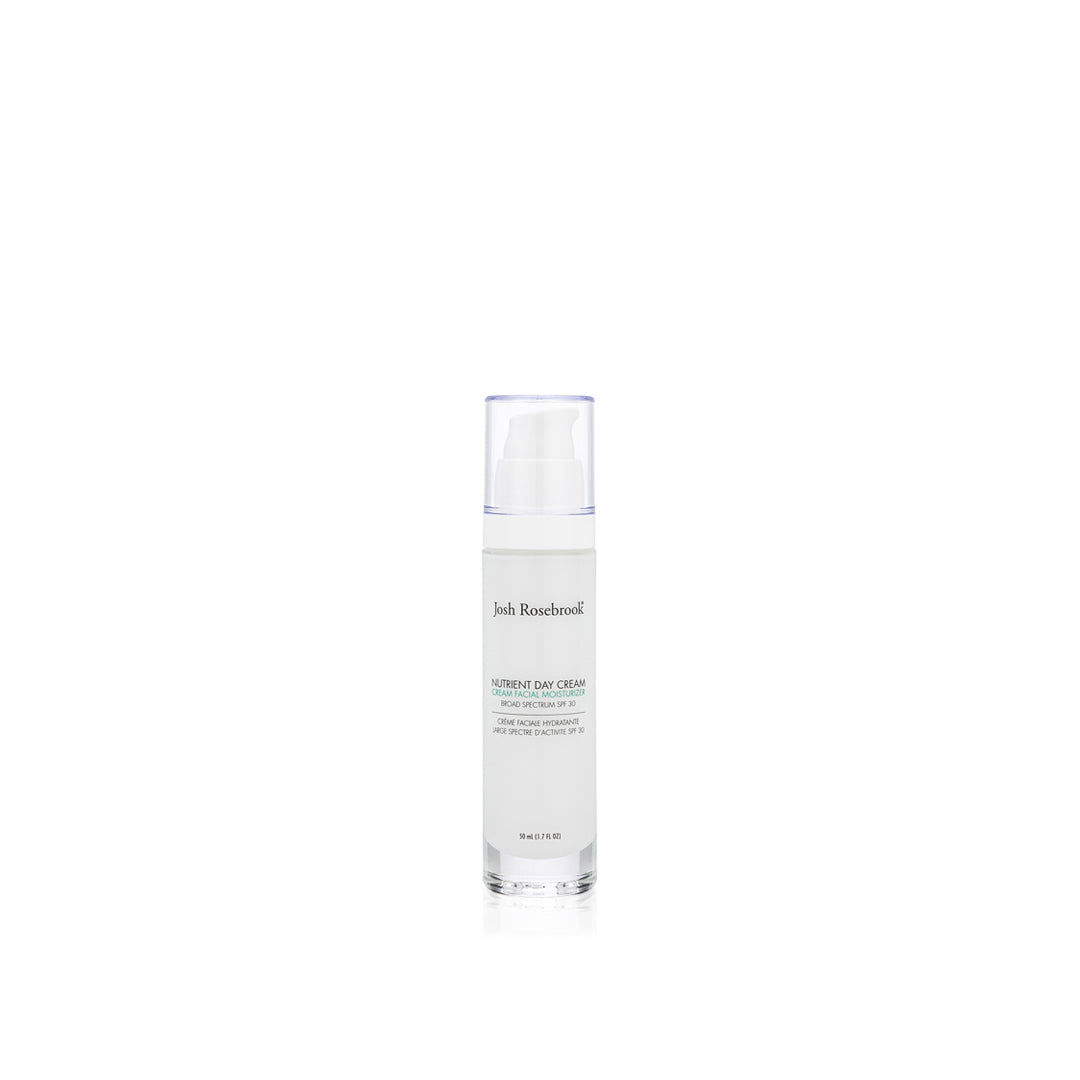

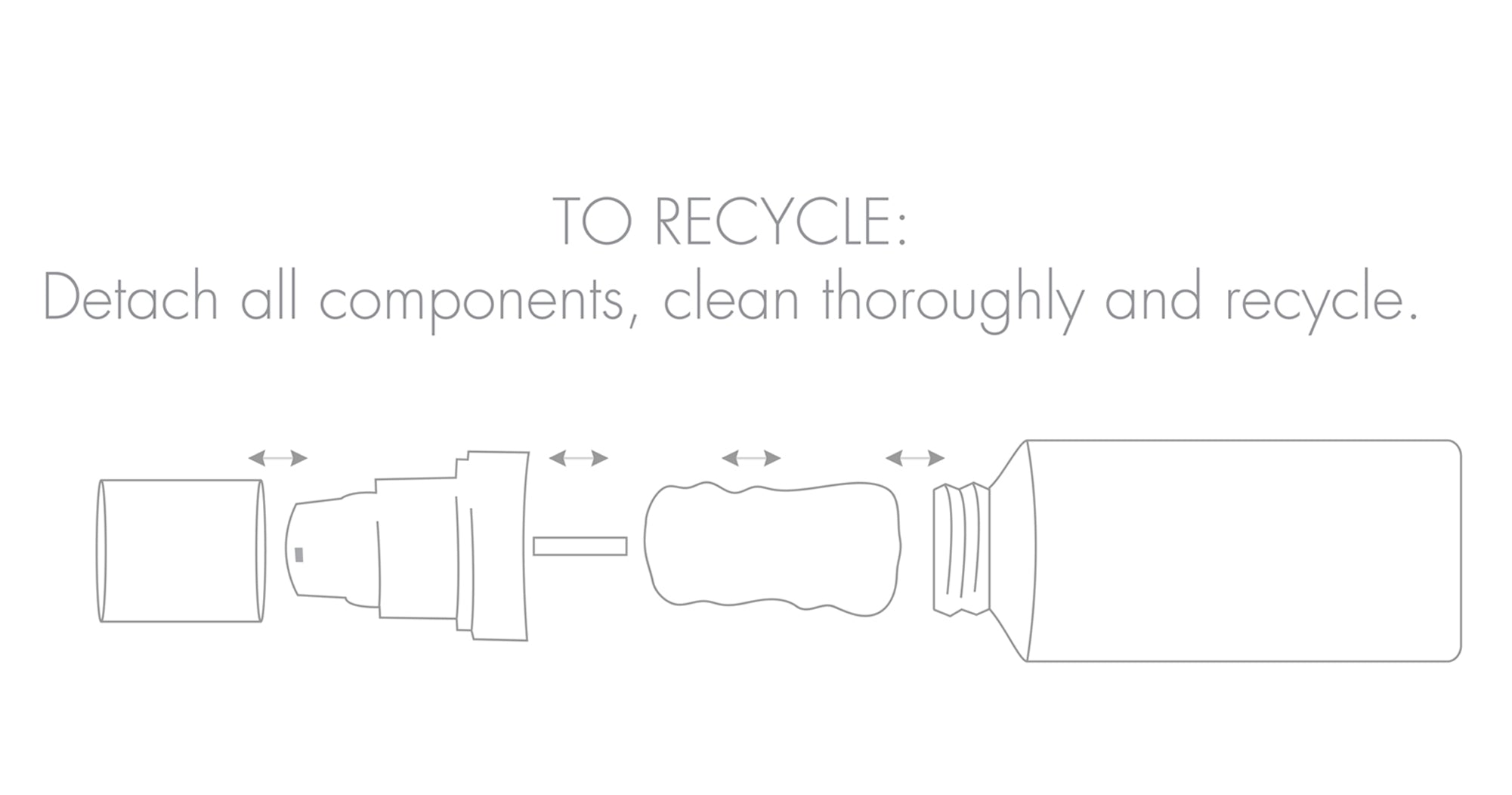
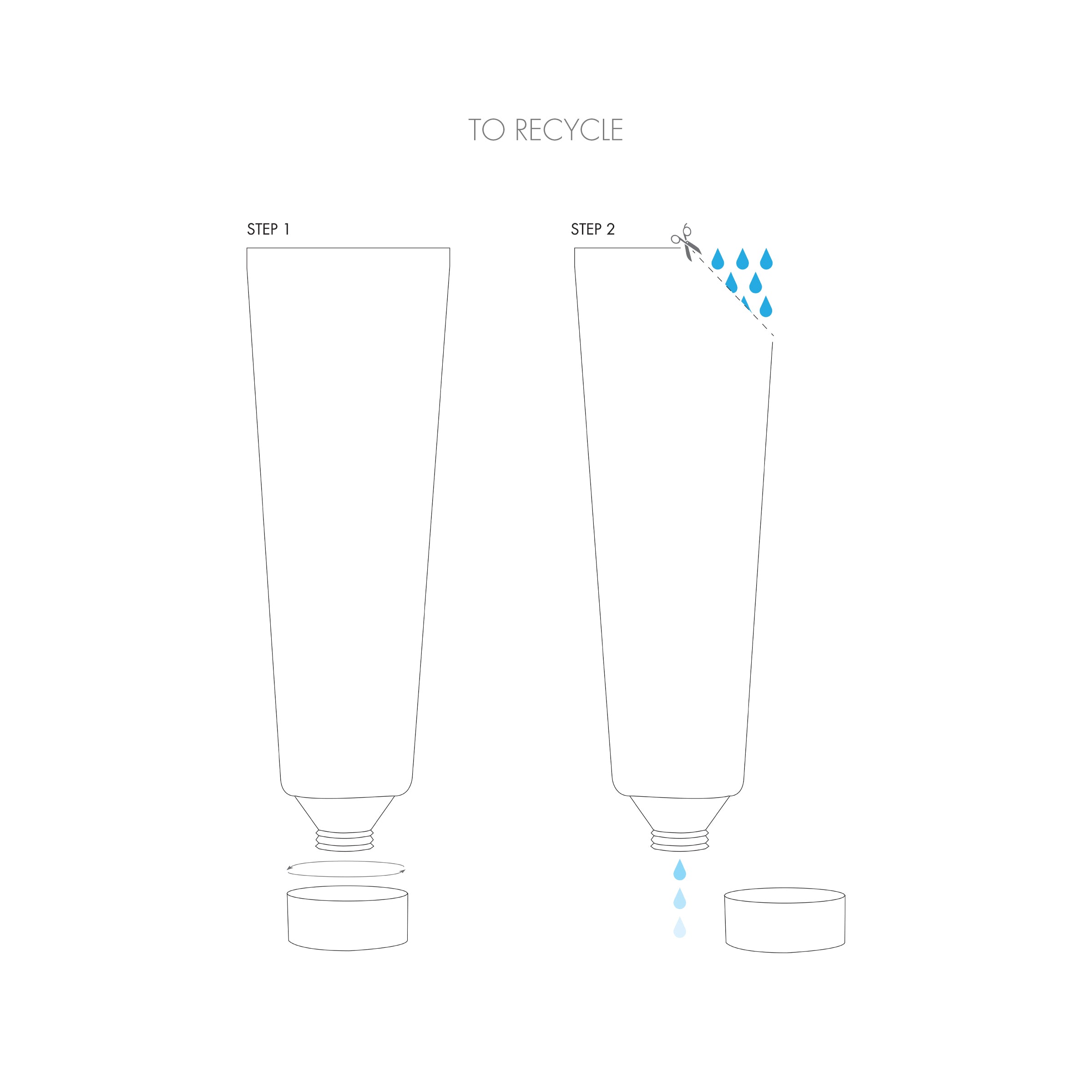
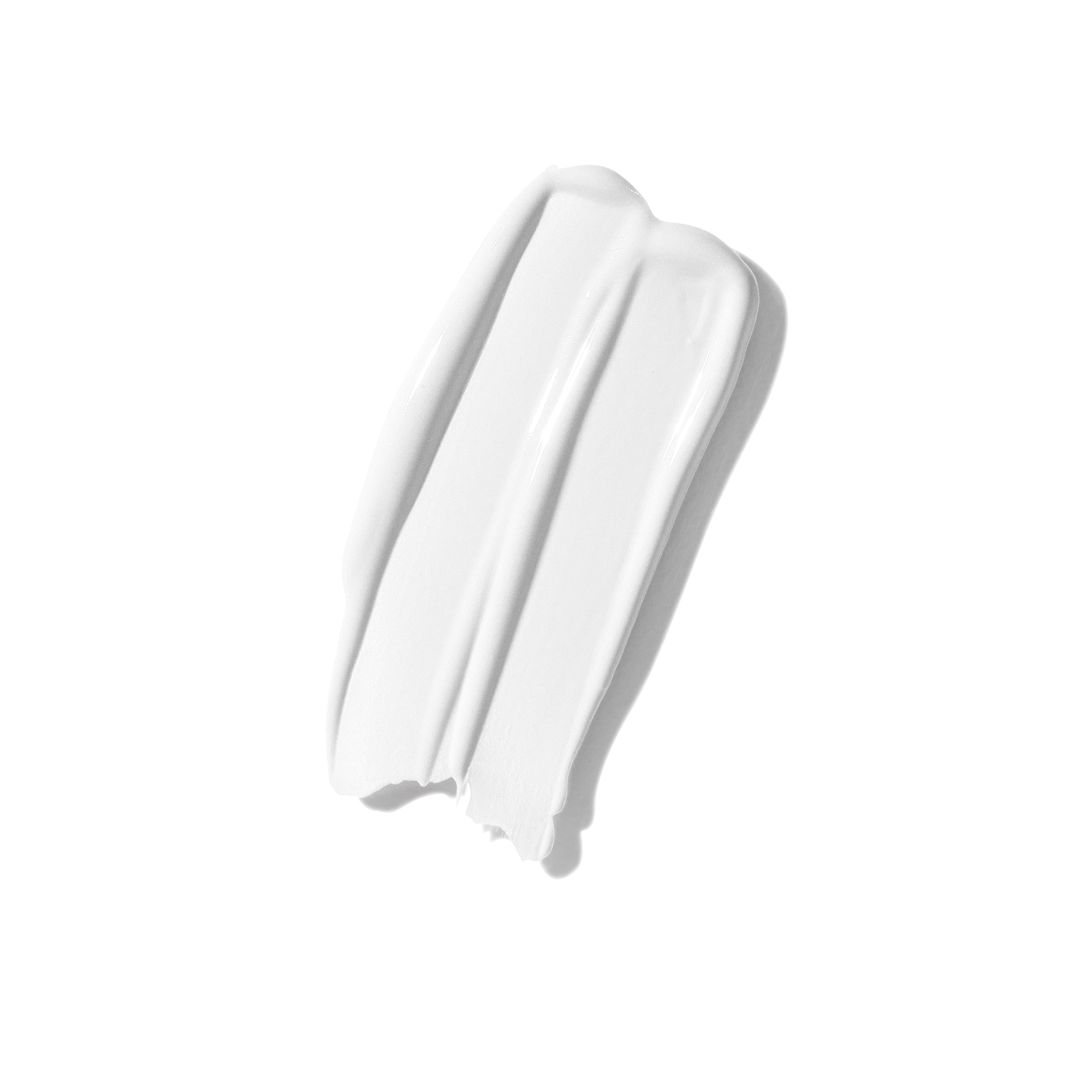
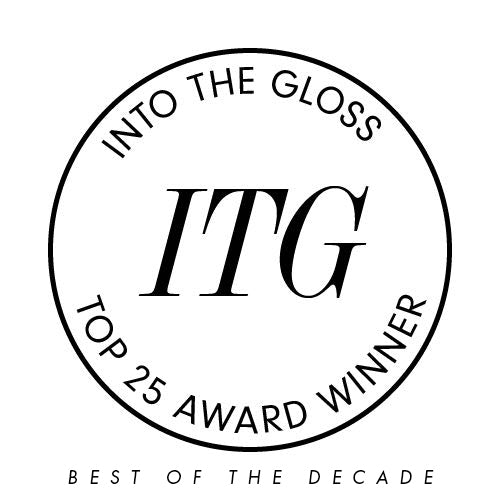
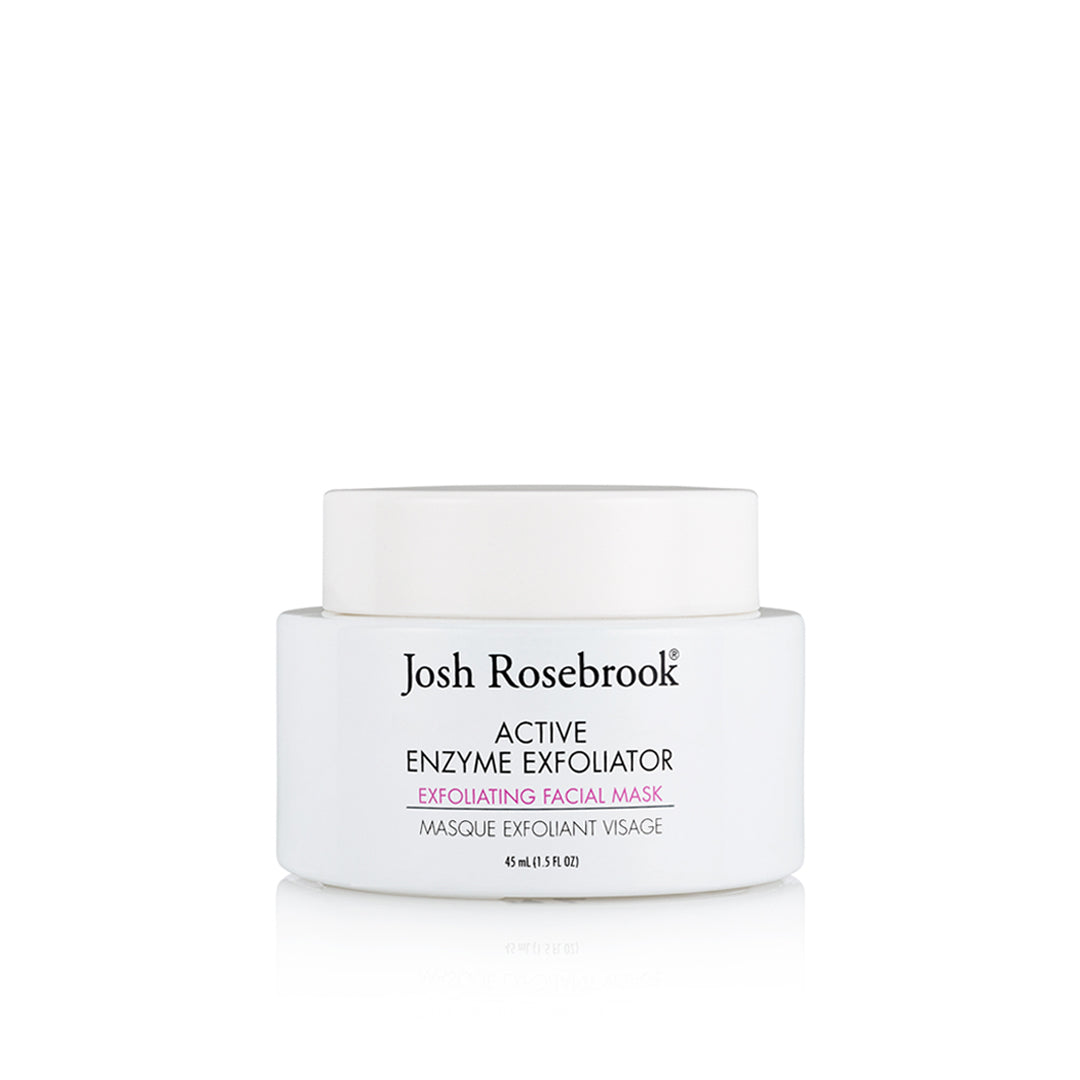

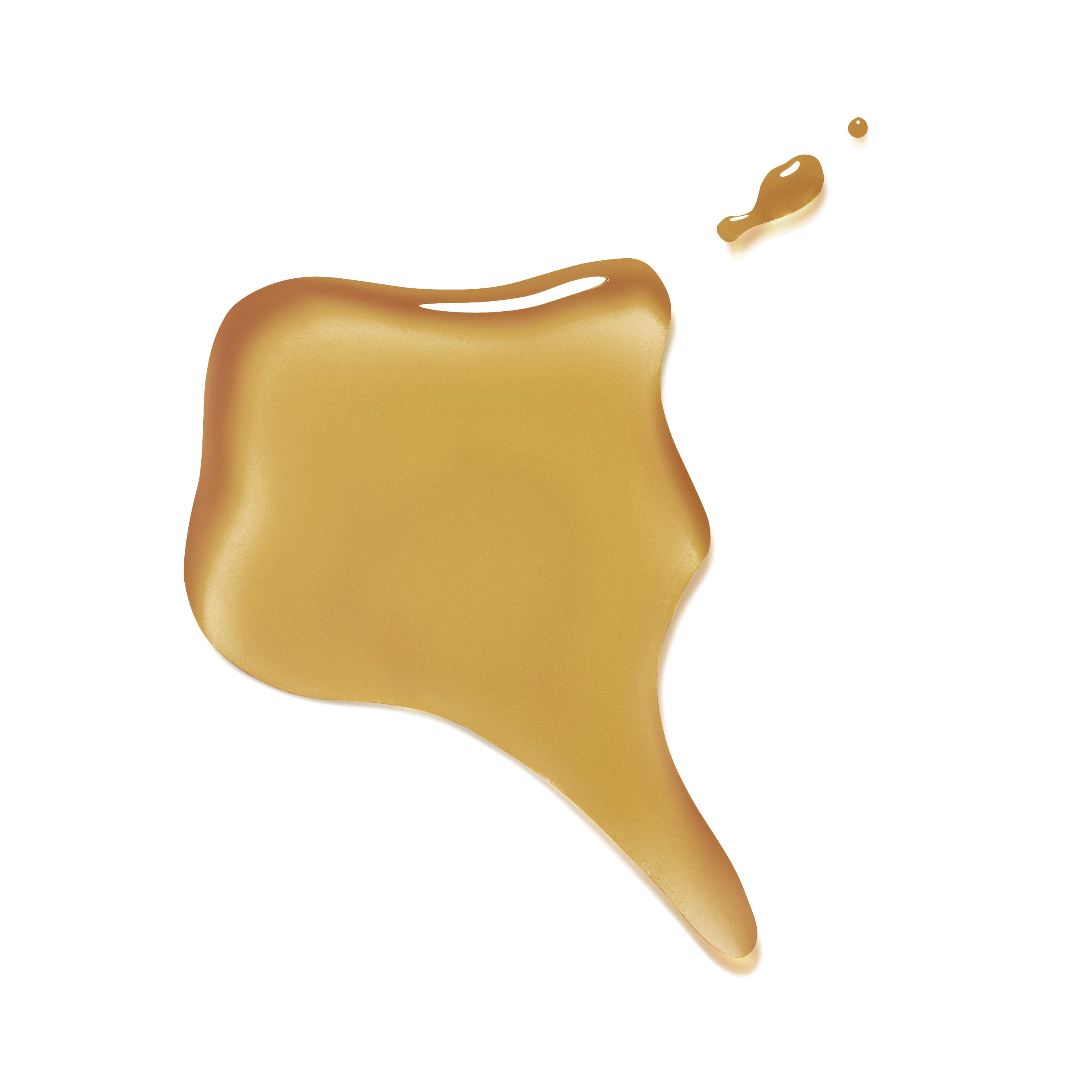

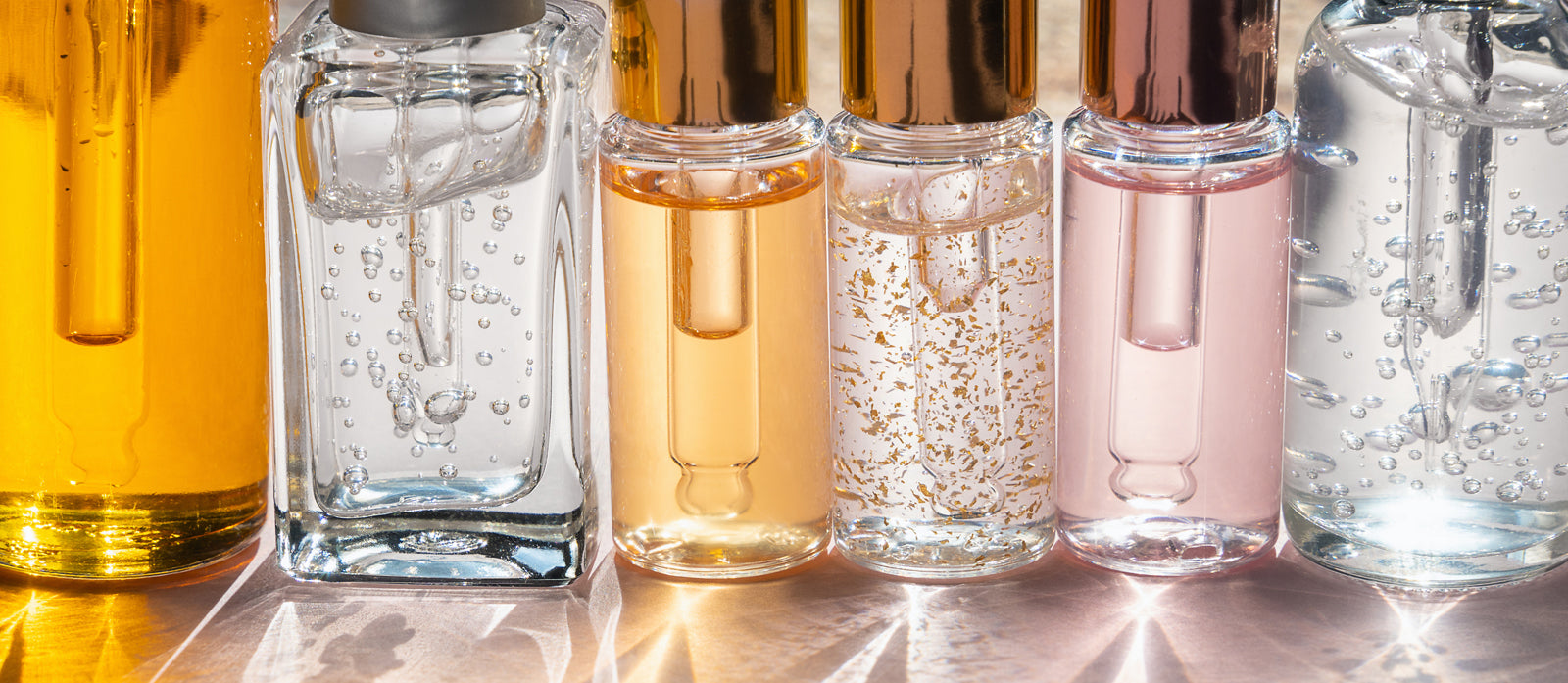
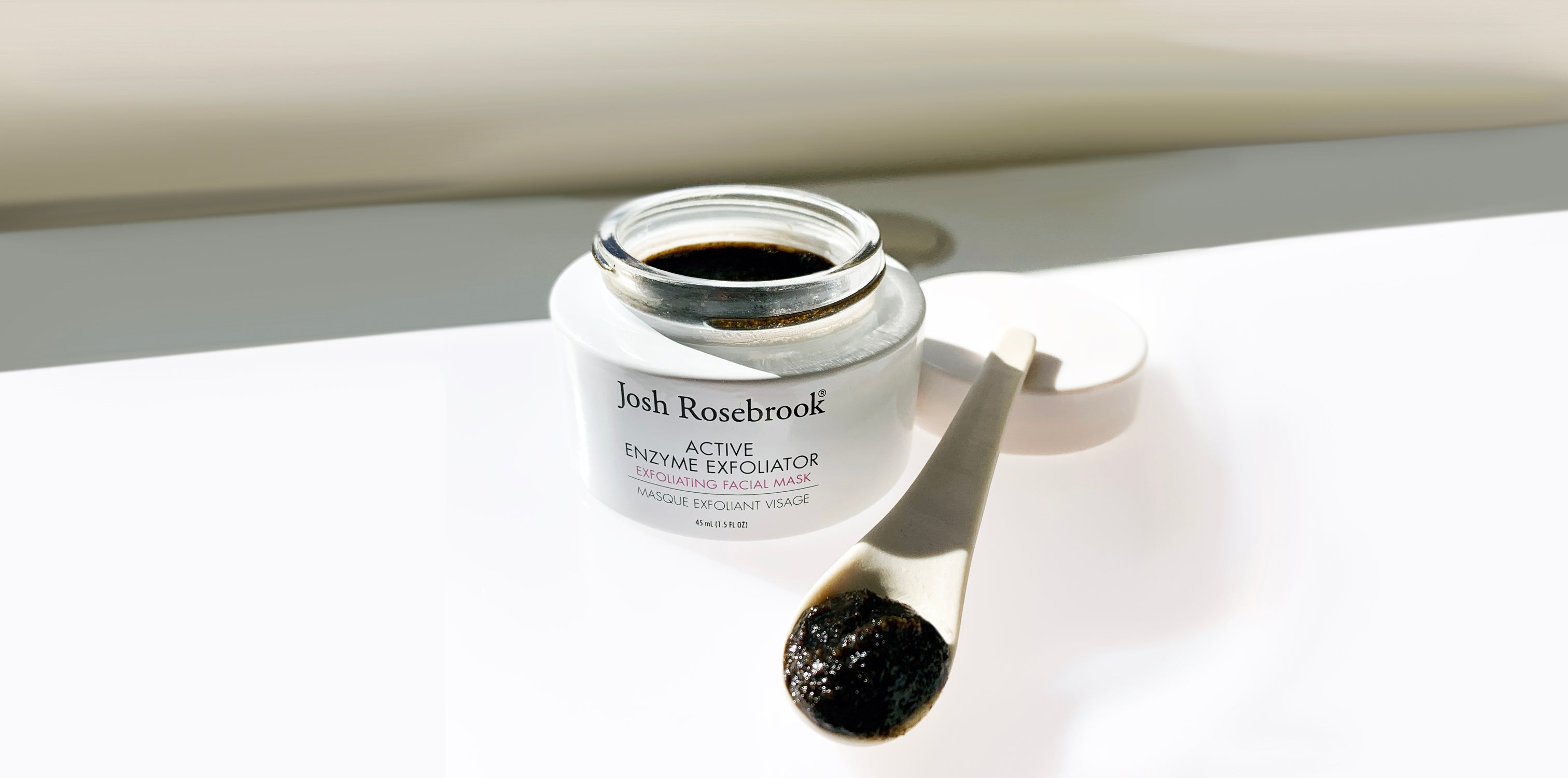
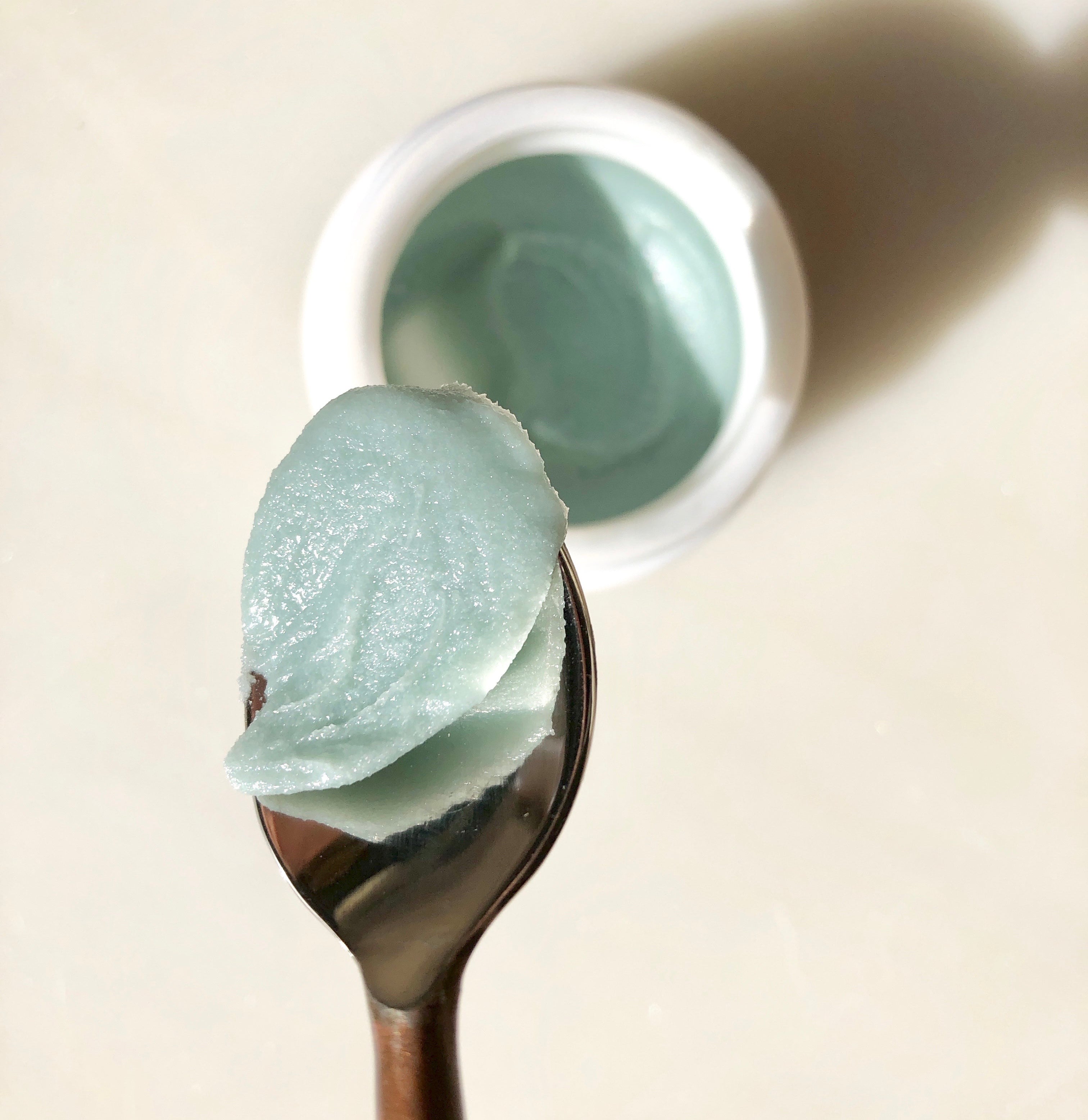
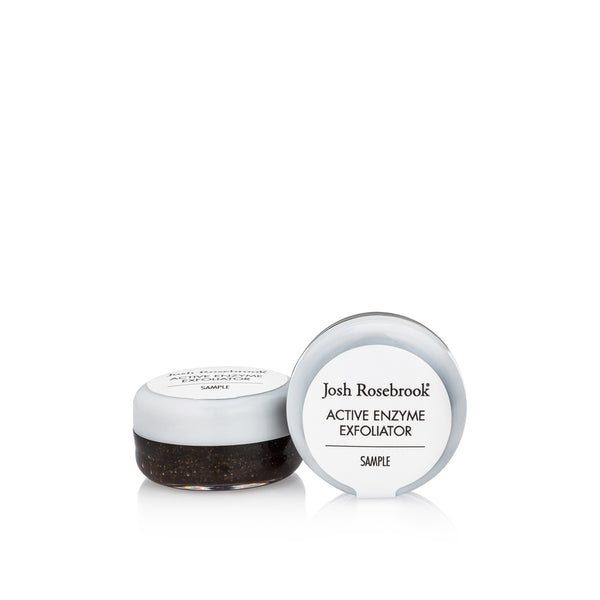
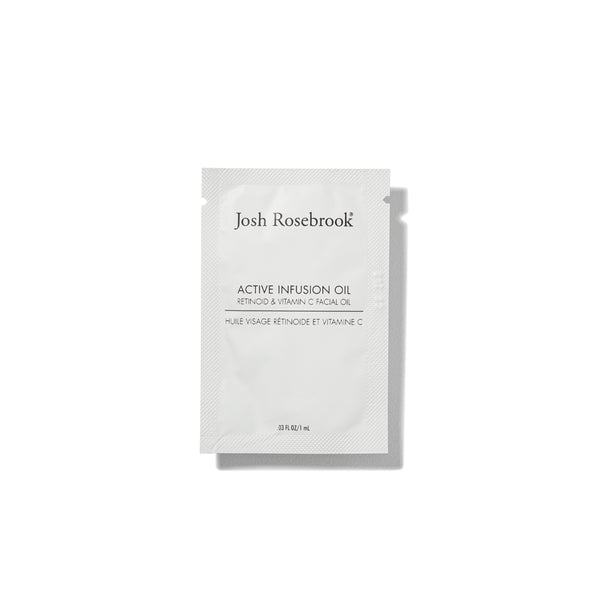

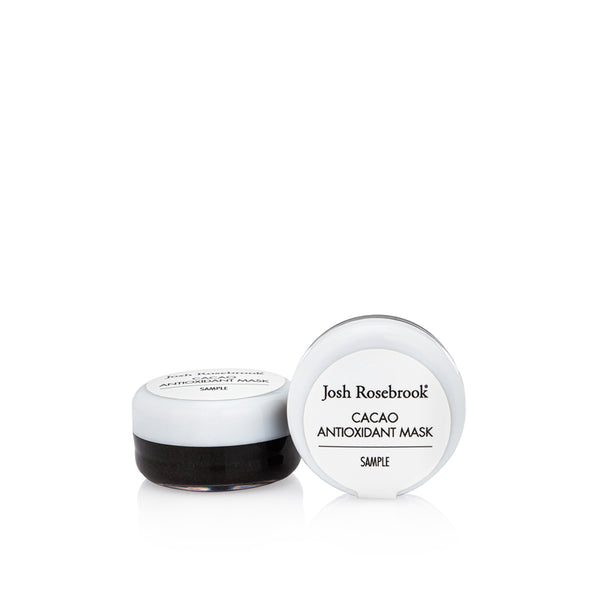
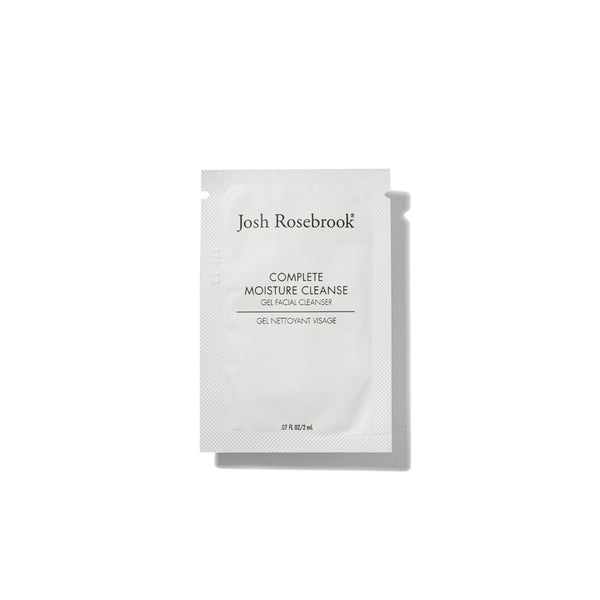
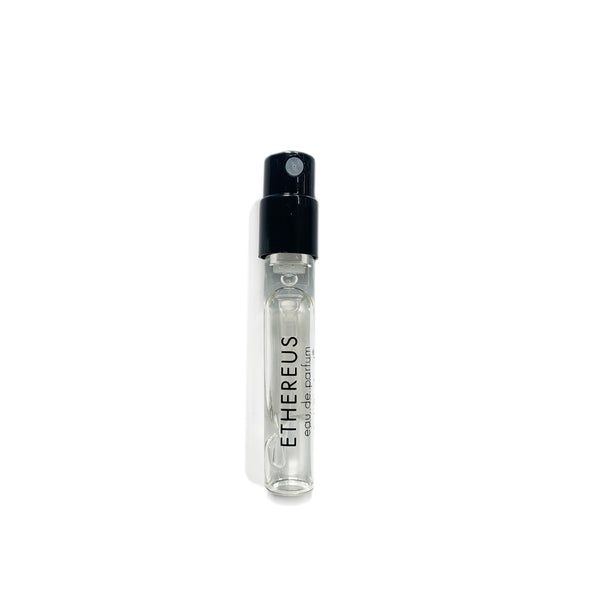

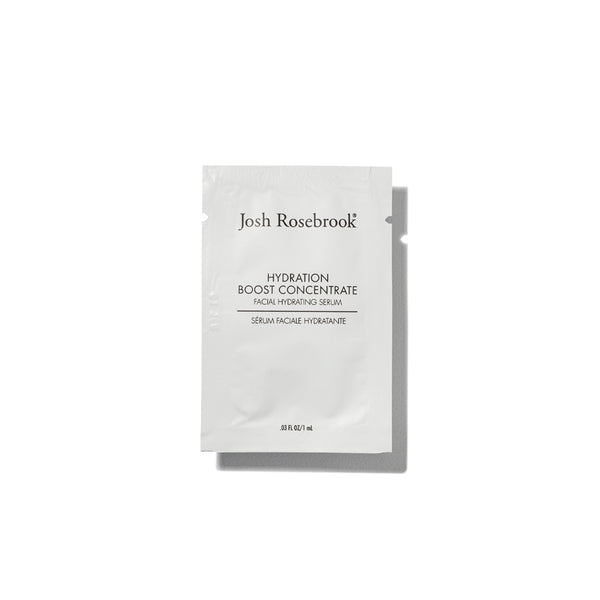
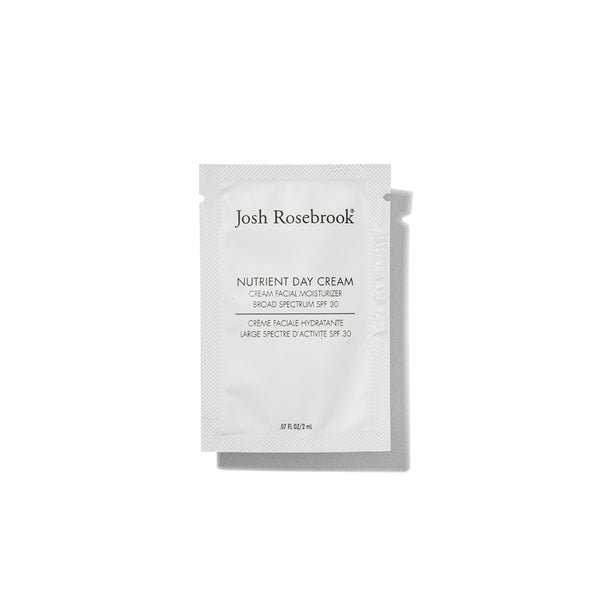
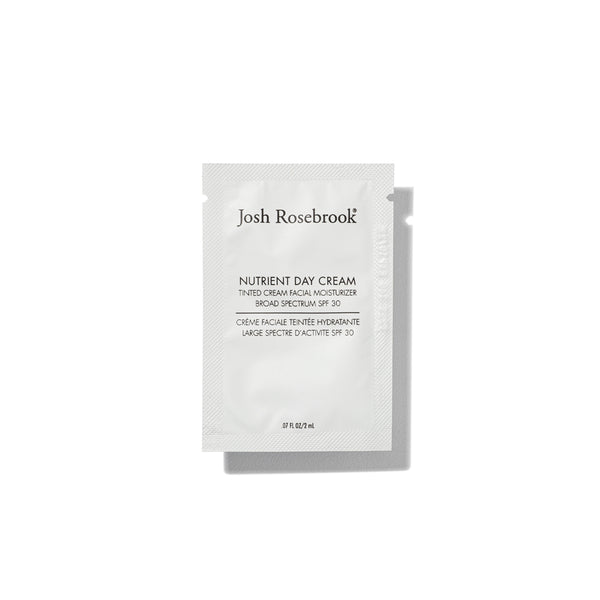
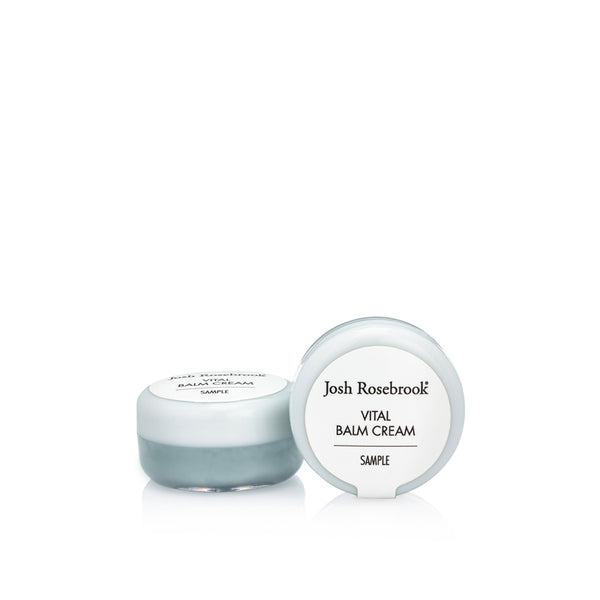
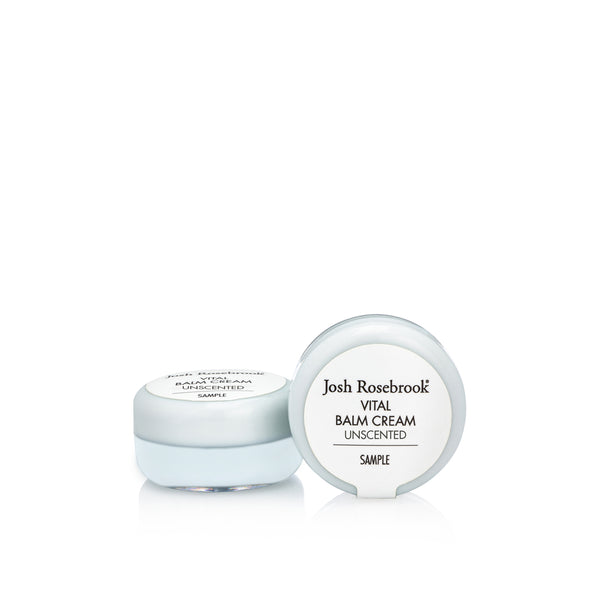
WRITTEN BY Josh Rosebrook